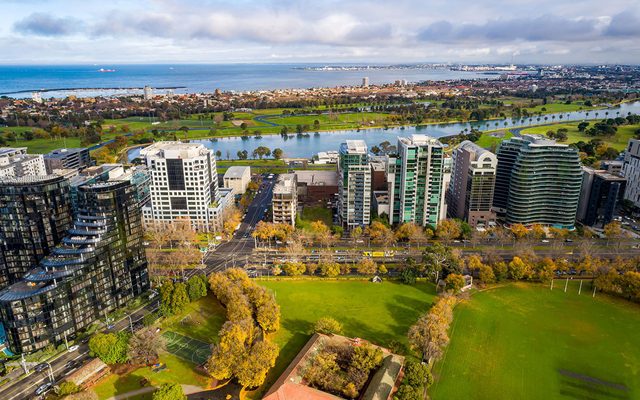This article is from the Australian Property Journal archive
ASIA Pacific real estate markets felt the full impact of the COVID-19 pandemic in the second quarter of 2020 as more economies introduced lockdowns and travel restrictions, with investment volumes tumbling by 39%.
According to data by JLL, the result followed a 26% drop in the first quarter, and first half investment volumes across the region are 32% lower year on year.
Singapore (down 68%) and Hong Kong (by 65%) registered the largest year on year investment declines in the second quarter. Drops in Australia (58%), South Korea (45%) and China (15%) were offset by a resumption of activity in the latter parts of the second quarter as shutdowns restrictions were eased.
Investment activity in Japan was down 20% but remained resilient due to transactions in the multi-family sector and strong domestic liquidity, JLL said.
While investors’ short-term capital deployment plans were upended through the period, JLL recently forecast Australian commercial transaction volumes come in at just over $10 billion in 2020, little more than one quarter of last year’s record breaking $36 billion.
“The sharp decline in deal activity in the second quarter is reflective of the lack of willing sellers and the general uncertainty that exists around market recovery,” Stuart Crow, chief executive officer, capital markets, Asia Pacific, JLL said.
“Liquidity remains very high, and we expect transaction activity is poised to rebound in the second half as economies further reopen and pricing expectations are adjusted in certain markets.”
Despite structural shifts in working habits, the office sector continues to report the highest investment volume, supported by strong institutional investor appetite for core markets.
Defensive and operation-critical assets such as logistics, education and data centres are also gaining attention from investors, triggering a flurry of fund raisings and new joint ventures.
Deal activity for retail and hotels remained stagnant in the first half, as shopping centres suffered from weakened economic conditions and restrictions on domestic and international travel shut off visitor supply.
Interest rates declining in most major markets. JLL said there is a healthy spread between prime yields and bond yields in most sectors in Asia Pacific.
Hong Kong office rents slide
Office leasing was generally subdued across the Asia Pacific during the first half. Hong Kong’s Central district, battered by the social and political unrest in the region, witnessed a 9.3% decline, with a backdrop of rising vacancies and weaker leasing demand.
Beijing rents took a 4.1% slide, followed by Melbourne (3.9%), Sydney (3.5%) and Singapore (3.3%) also reported sizable declines in the office rental prices. Osaka and Seoul’s CBD office markets were among the few to outperform in the second quarter, with rents rising 1% to 2%.
Jeremy Sheldon, head of markets, Asia Pacific, JLL said office leasing activity was relatively muted during the second quarter as heightened economic uncertainty influenced decision-making and lockdowns created inspection challenges.
Retail was the most severely impacted by lockdowns, travel restrictions and social distancing. Hong Kong’s retail leasing market posted a hefty 13.3% decline biggest decline as rents fell across most of south east Asia, with Singapore (down 8.5%) also recording a significant moderation.
The logistics and industrial sector proved the region’s most resilient in the second quarter. Shanghai (1.2%) and Sydney (1.0%) enjoyed increased rents and Singapore, Beijing and Melbourne were largely stable.




